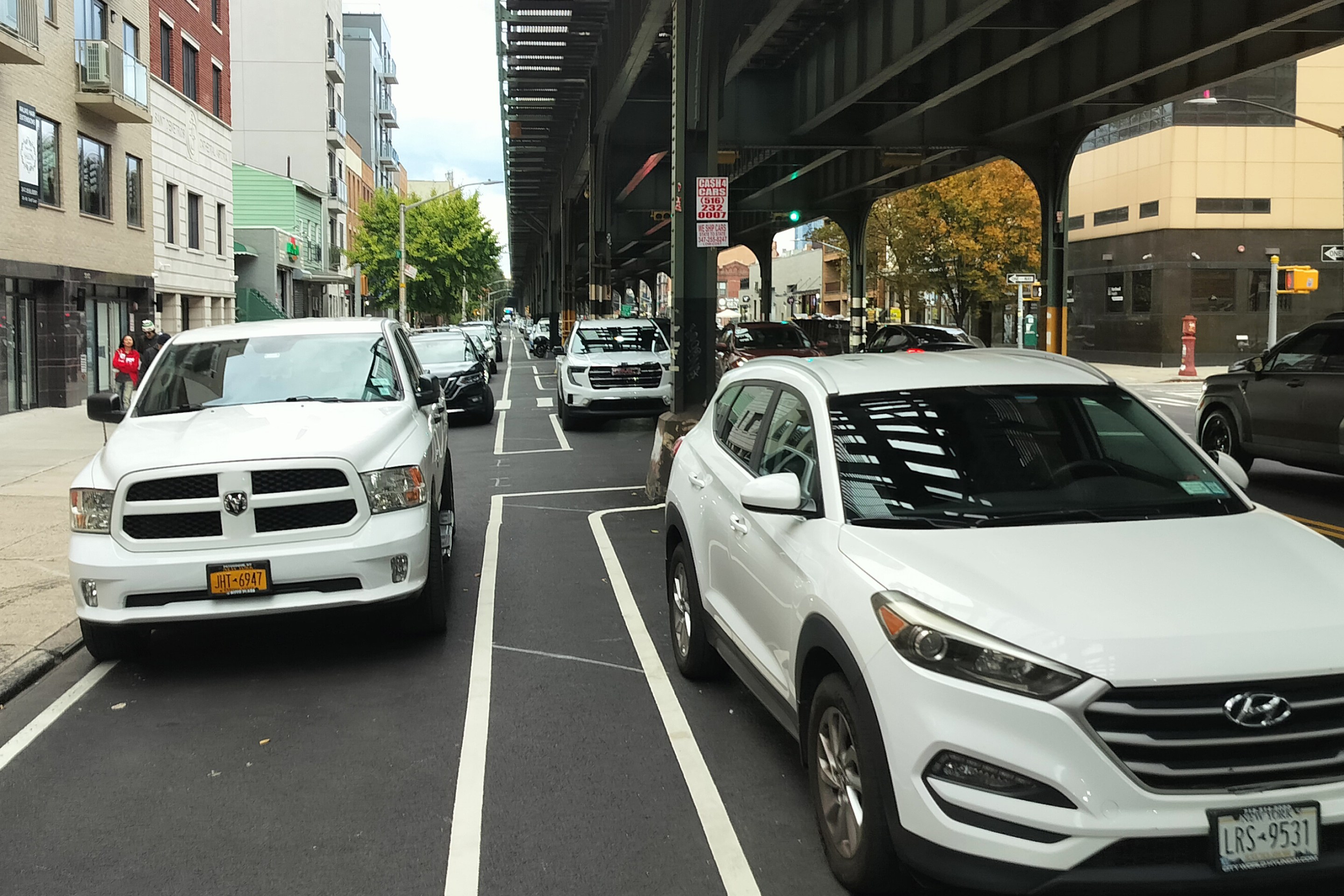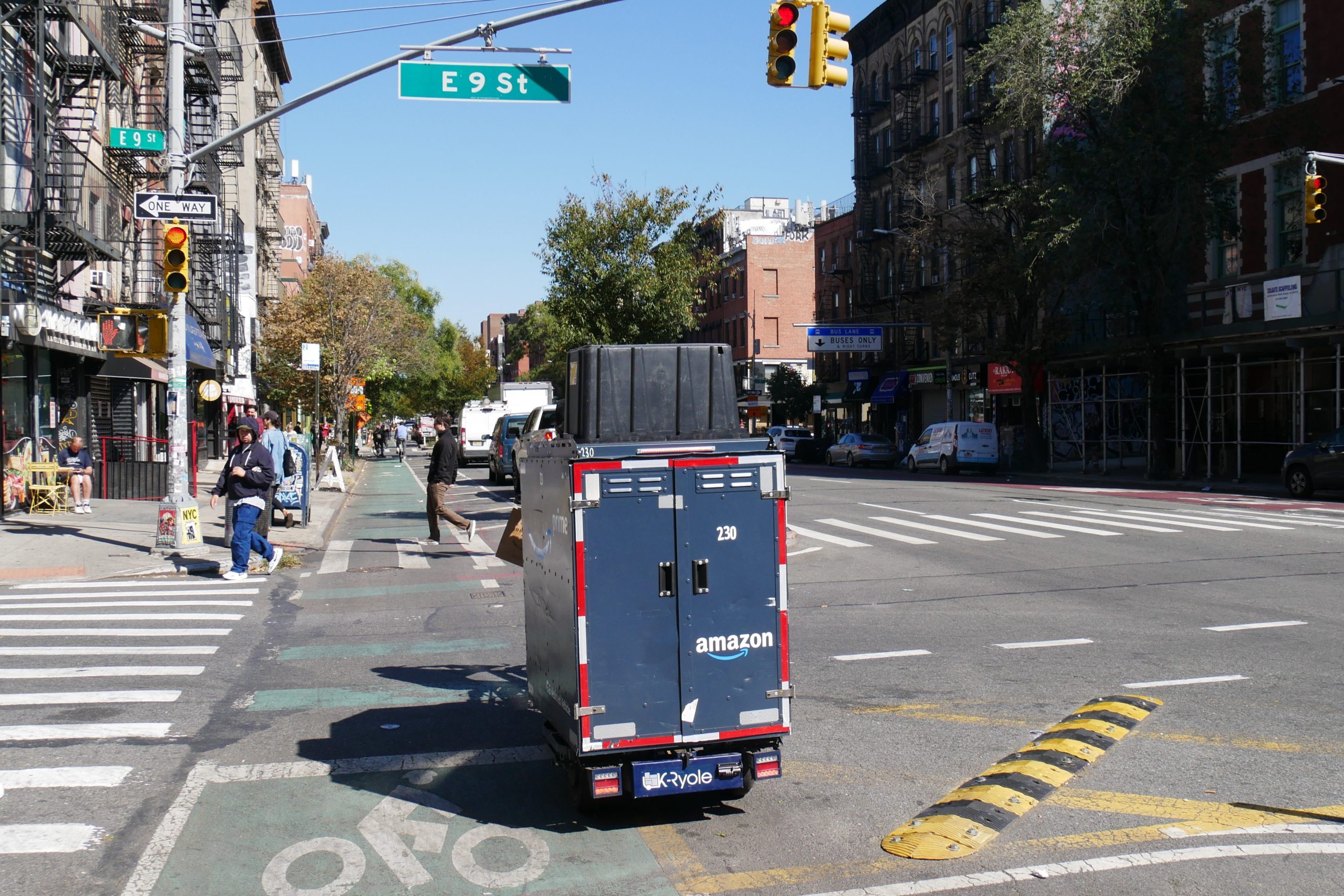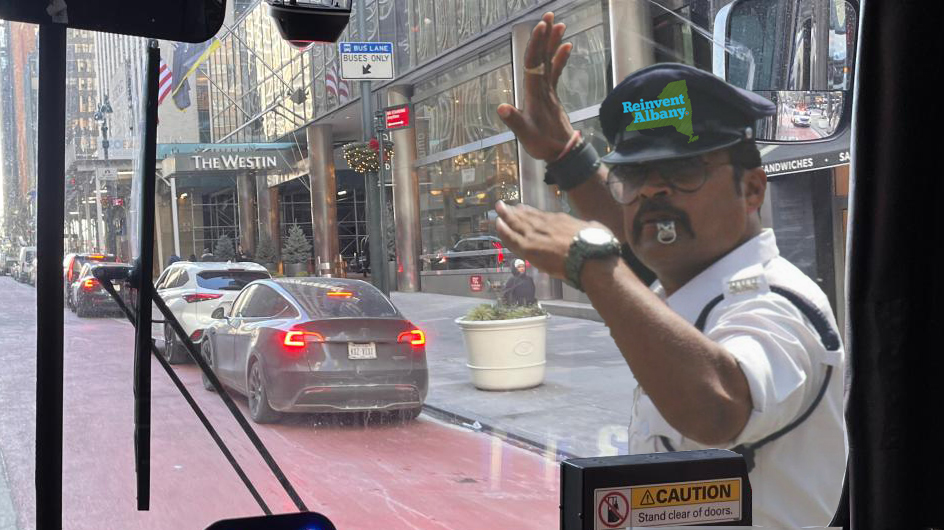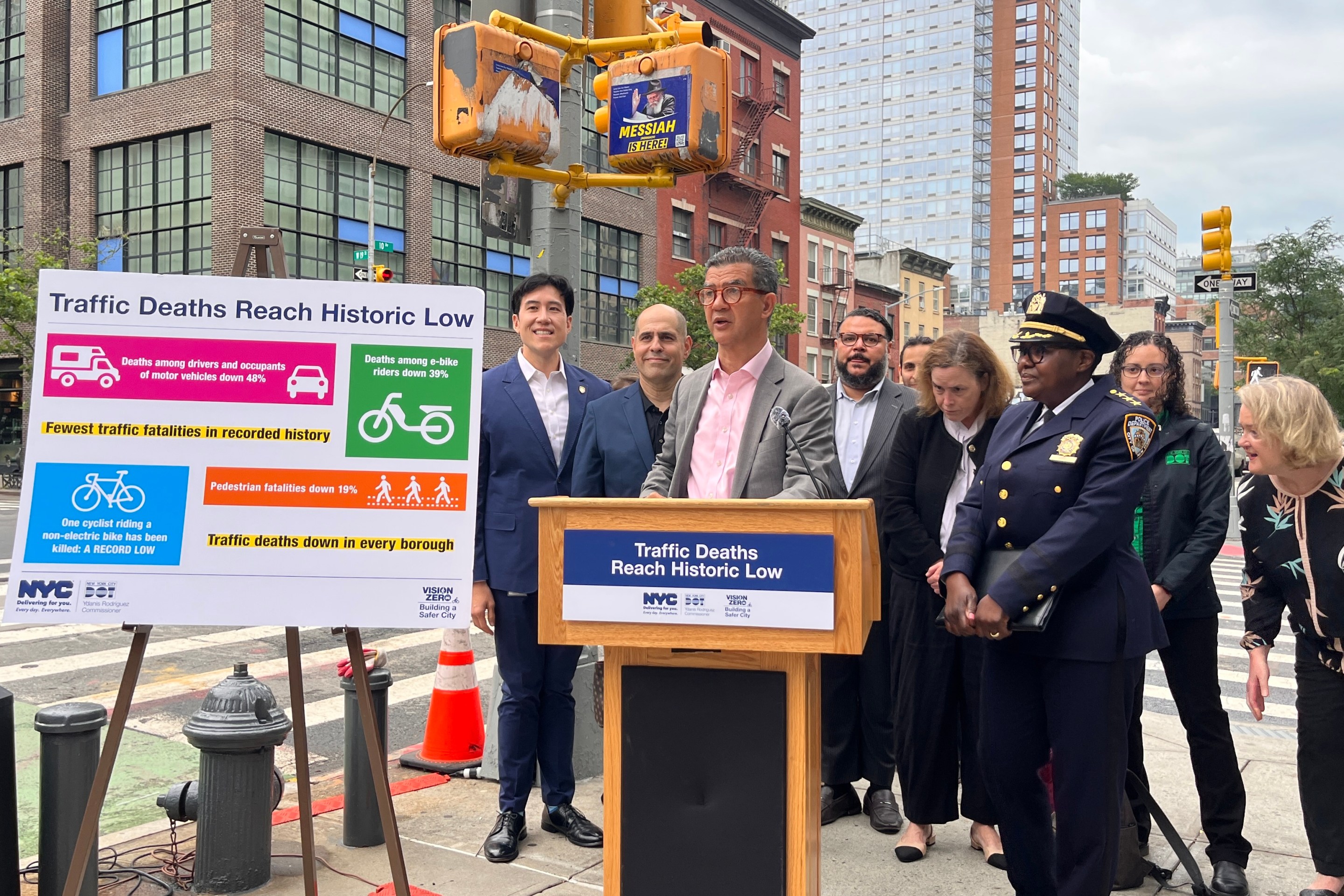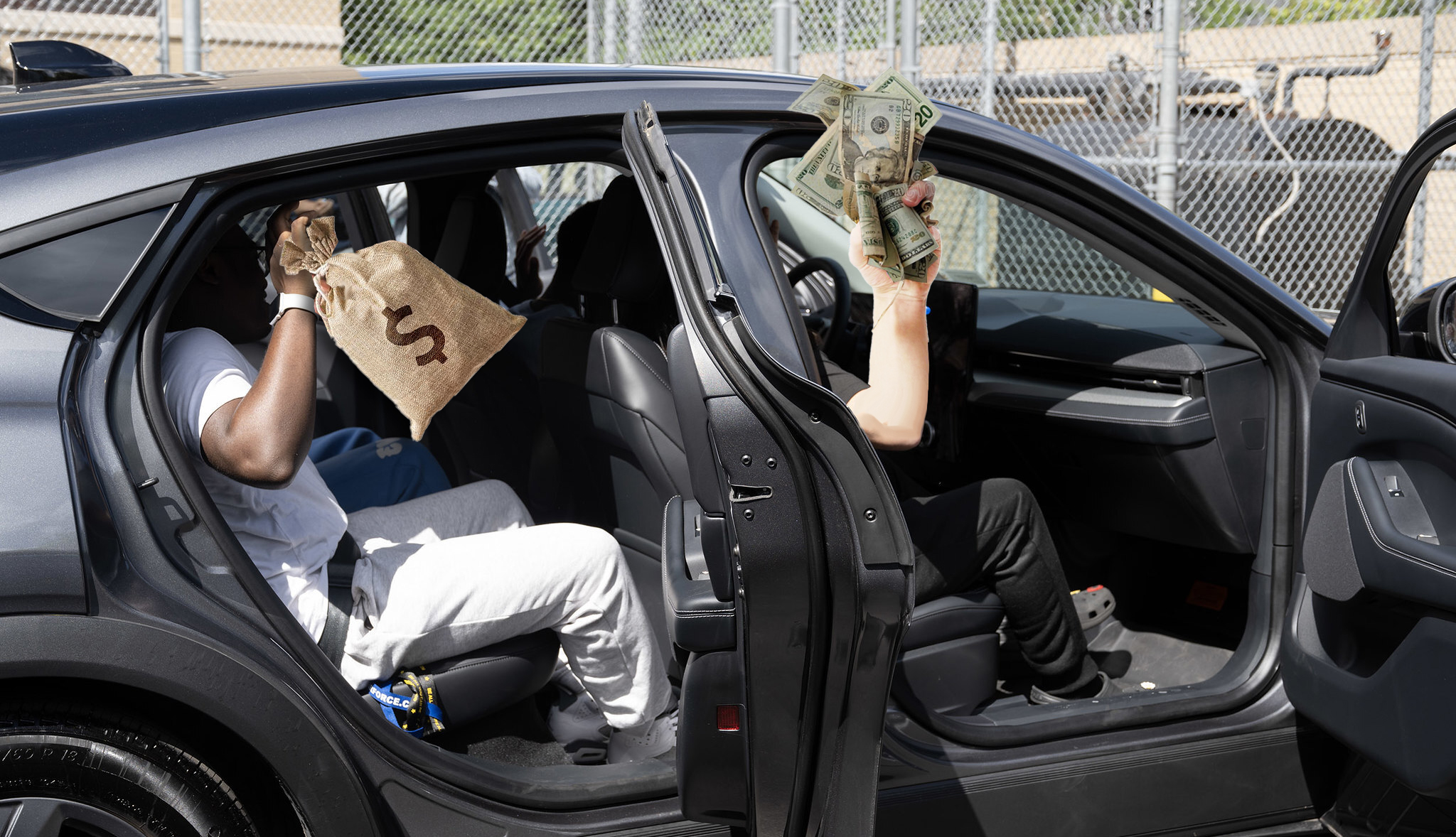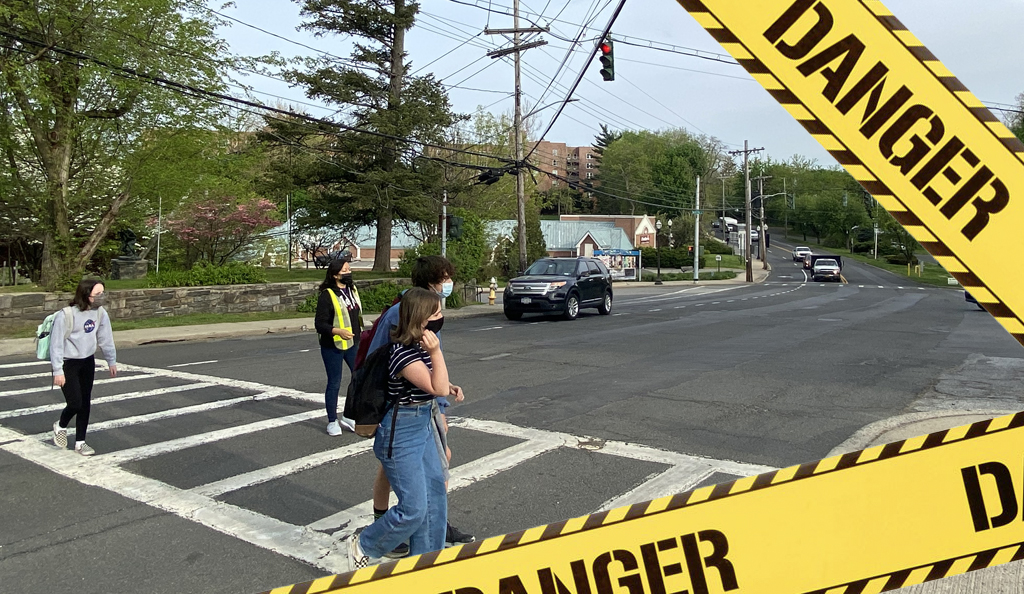
Back in the 1960s, planners envisioned a series of expressways slicing through St. Louis. And almost all of the Bartholomew Plan, as it was known, was eventually built. Today St. Louis has among the most highway lanes per capita of any American city. These roads teed up a wave of urban flight and astounding population loss.
One of the Bartholomew Plan highways was never built: Route-755 on the city's north side. Brendan Wittstruck at NextSTL recounts the demise of the project:
It would have connected the City’s four major Interstates and provided an expressway route across the center of the City. But on its rocky path to fruition, it encountered a furious swarm of complications that would ultimately keep it from ever seeing construction. Public outcry, galvanized after seeing the adverse affects of earlier highways, took on a new and more powerful role in opposing the Distributor, and may have seen new, more effective tactics employed against the arterial expansion. Funding issues also served to derail the project, as did a cultural shift in how our nation views its major roadways. The North-South Distributor, the City’s massive unbuilt civic project, has within its history much of the story of the American roadway, and its failure remains -- perhaps now more than ever -- an important lesson.
The need for a general expansion of vehicular arteries in this country -- from road widenings to the construction of highways and Federal interstates -- continues to be predicated upon the assumption of a limitless propagation of vehicular traffic. Even as early as 1969, in the earliest years following the completion of the City’s major highways, Highway Department Engineer James Roberts lamented --without, it seems, a sense of irony -- “these highways, particularly the Daniel Boone Expressway… are too small,” adding, “there’s just not enough capacity.” Discussions of the need to widen the highways were tragically immediate.
E. Michael Jones later wrote on what he terms “traffic generation,” pointedly arguing, “the automobile as a form of mass transportation is a self-defeating proposition. The more the culture builds roads and bridges and parking lots to accommodate the automobile, the more it creates the very traffic it attempts to alleviate.” Given the extreme dynamics facing urbanism between the 1940s and the present, it is somewhat difficult to pin traffic increase entirely upon arterial expansion, but Jones is correct to note that it did allow for more cars, as well as a more mobile citizen base that could commute from the County to the City.
This ability to move freely in and out of the City inevitably put more cars on the roads, and for longer distances. Further, the increase in automobiles, artificially empowered by road expansion, would plague the City center with more parked cars than it had space and facilities to handle. “No matter how hard it tried,” concludes Lovelace, “the highway (and major street) delivery system could not keep up with the needs brought about by the increasing numbers of trucks and automobiles.”
These lessons in mind, it is perhaps surprising to hear the idea of the Distributor has re-emerged in recent years. The Missouri Department of Transportation has continued interest in developing a north-south distribution route, and has recently undertaken a study of the built Distributor interchange at Highway 40/Interstate 64, for a project now referred to as the 22nd Street Parkway, assuming perhaps that the moniker “North-South Distributor” is too poisonous for continued use.
Elsewhere on the Network today: The Dirt explains AARP's new index ranking cities on livability for older Americans. Bike PGH has the bike mode-share stats for a major street on the morning of Bike to Work Day. And Chuck Marohn at Strong Towns explains why he's against a transportation funding package in Minnesota referred to as Move MN.
